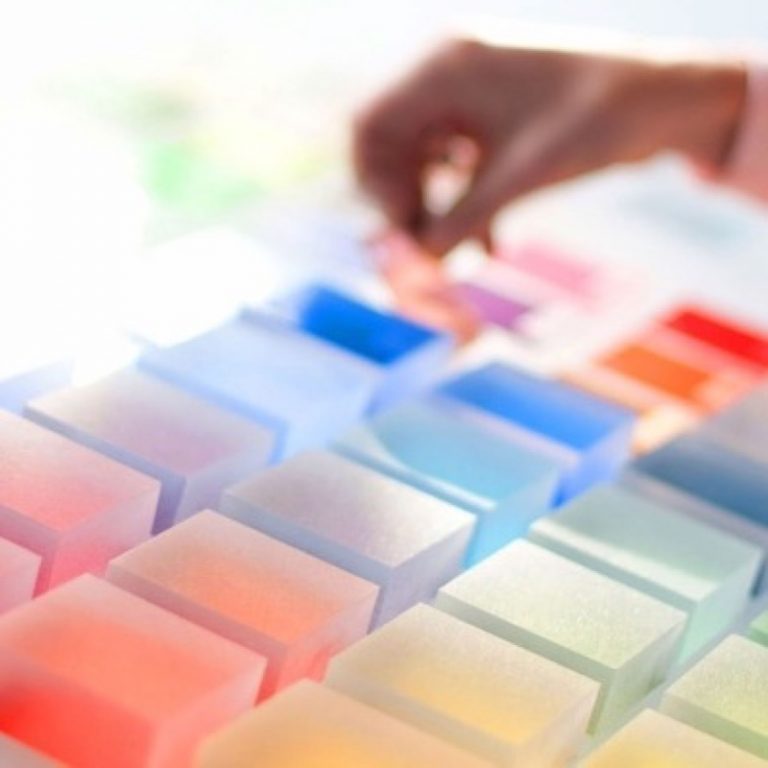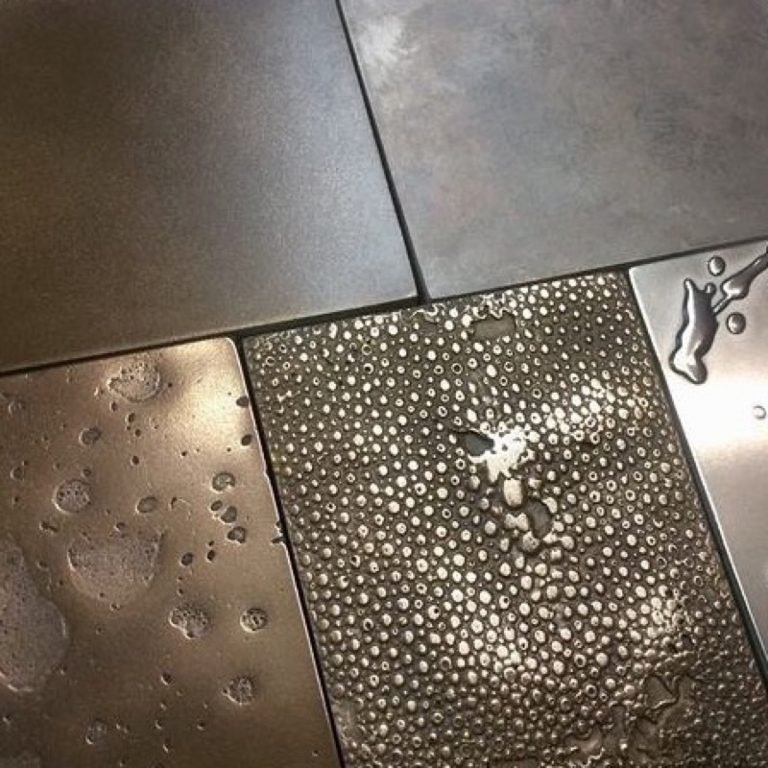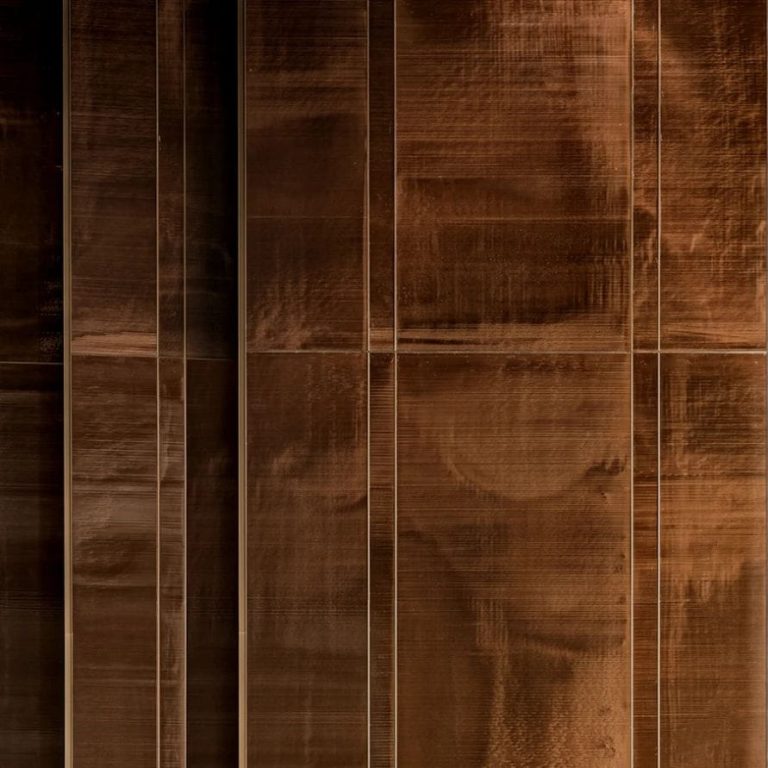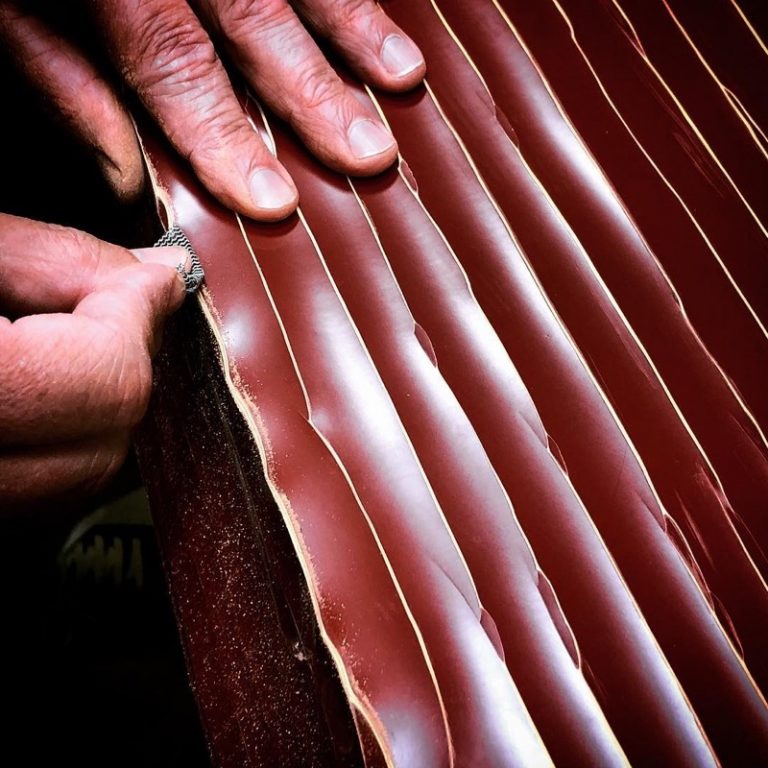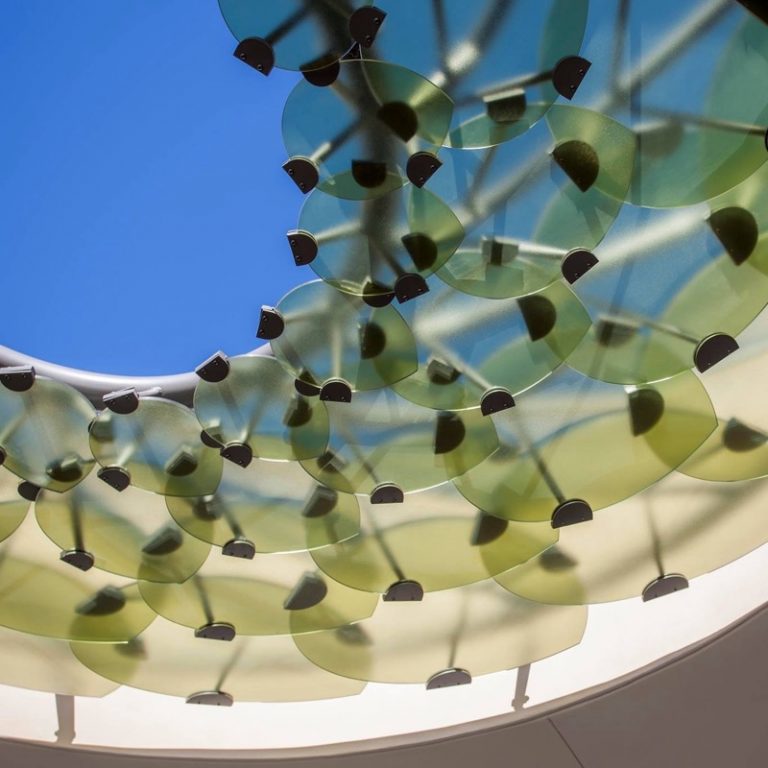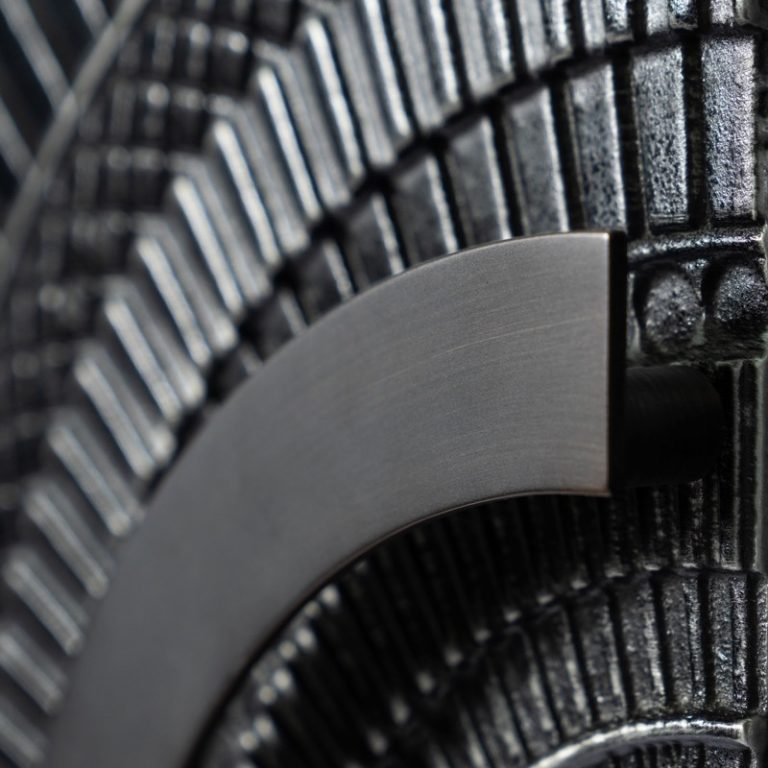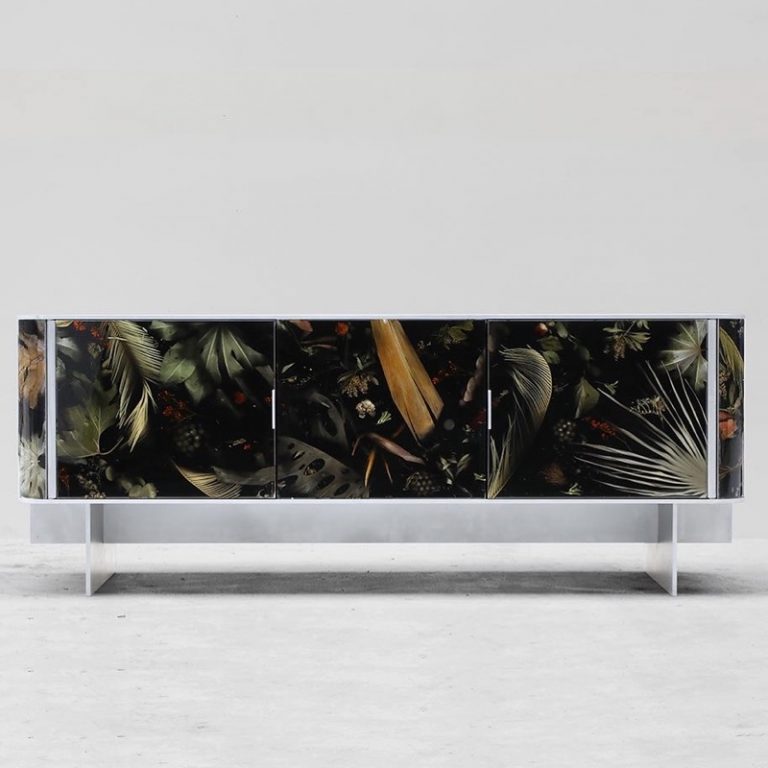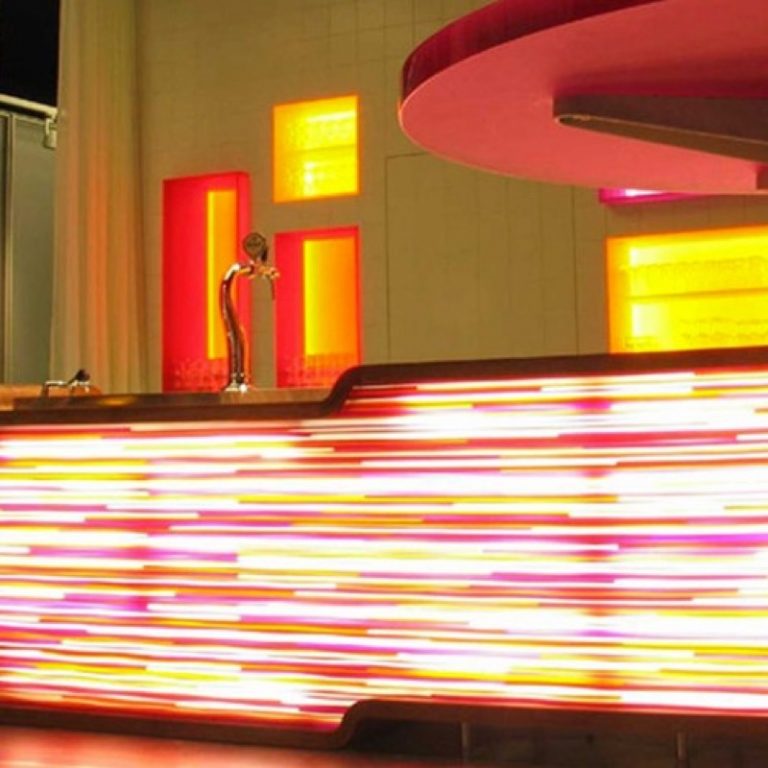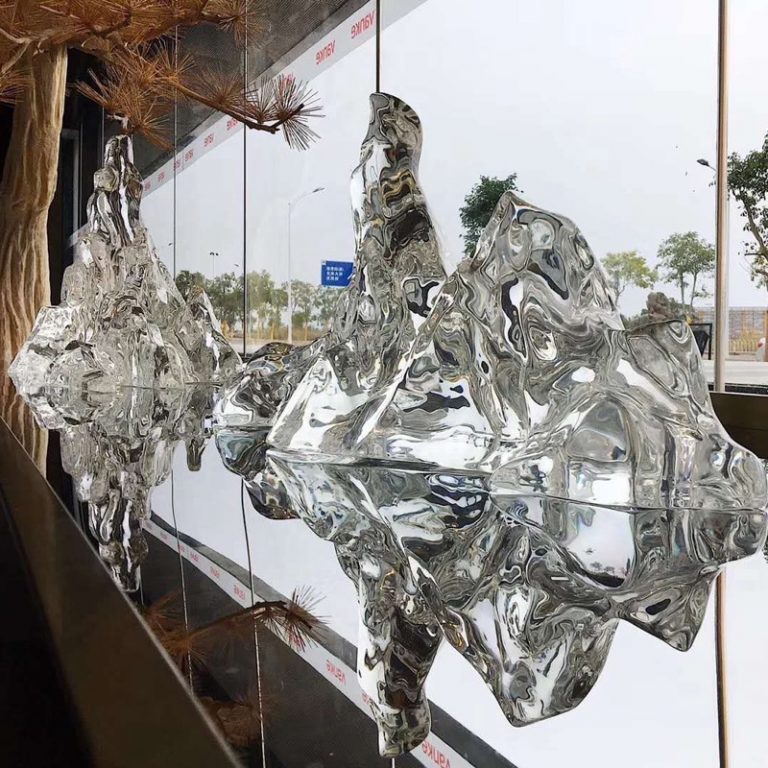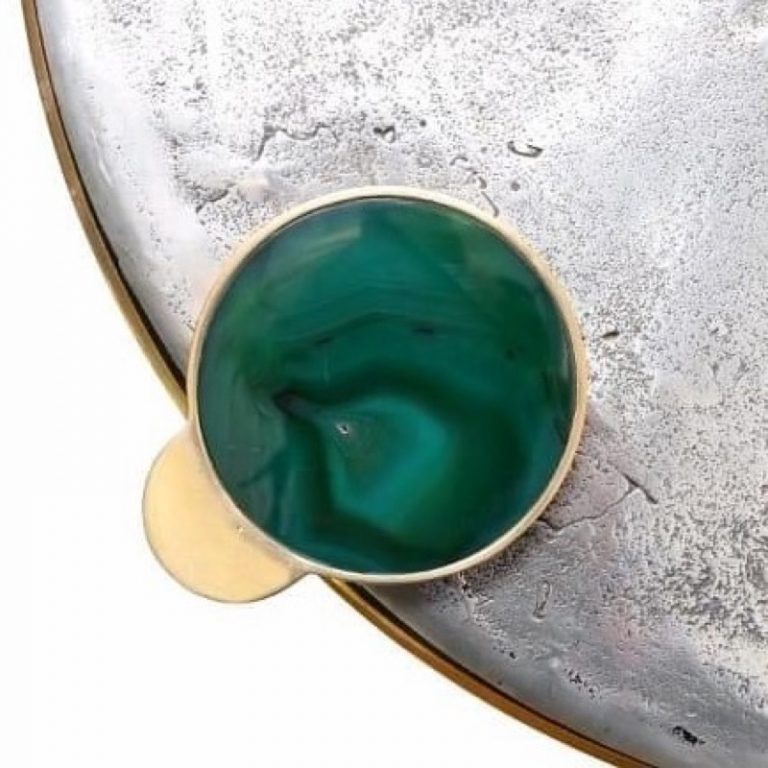Over 90% of artists use either acrylic or epoxy resin. These materials are game-changers in crafting and design. Acrylic resin dries fast and is transparent, which is great for quick projects. Epoxy resin cures for longer but cures to a glossy, strong finish, which is ideal for pieces you want to last. Each resin has its pros and cons. You must know which one is a better fit for your project. Choosing the right resin means knowing what it is and what it’s good for. Let’s get into the wonderful world of resins to see what works for you. Buckle up to discover resin art like you’ve never seen!
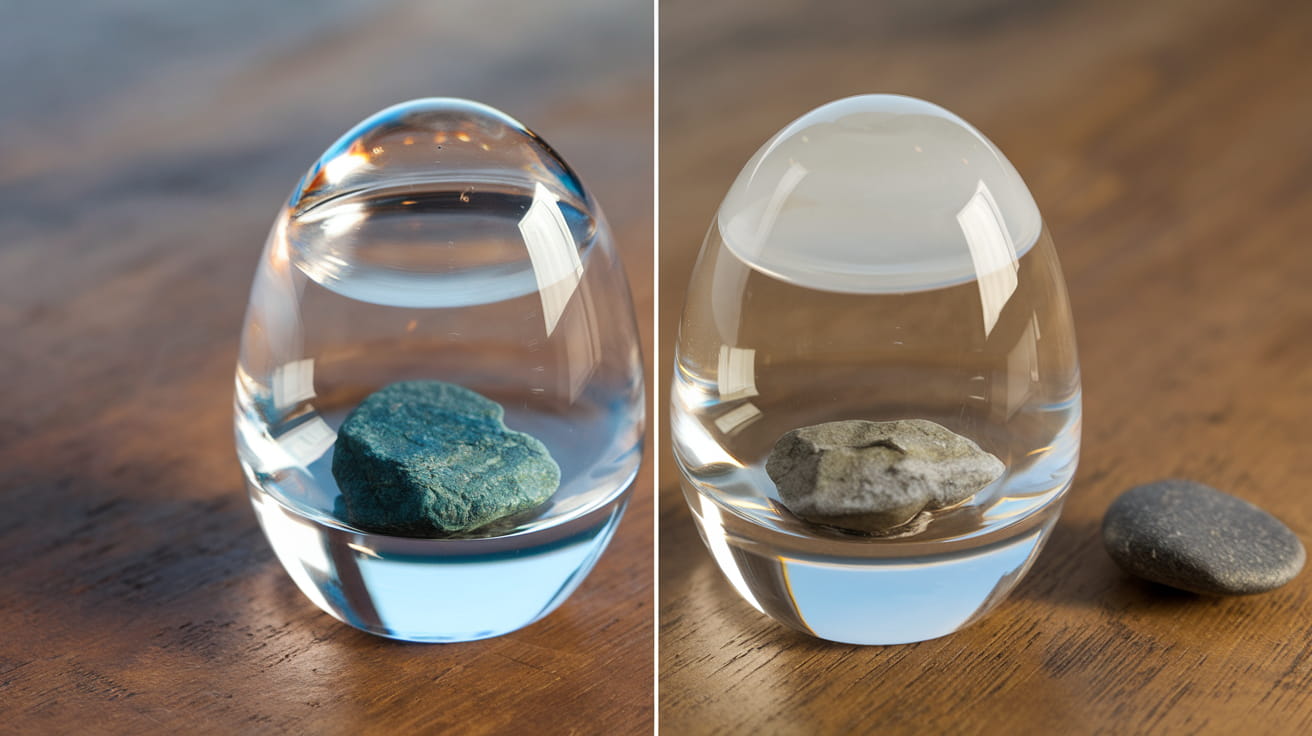
What Are Acrylic and Epoxy Resins?
Definition of Acrylic Resin
Acrylic resin is a thermoplastic material that is made from methacrylic acid and similar compounds. It’s super versatile, used in everything from artistic endeavors to industrial projects. Ever see the stuff that looks like shiny “Plexiglas” sheets or bright brake lights? That’s acrylic resin at work. It’s also in car tires, dentures, and in these art sculptures, so you get an idea of how flexible the stuff is.
Now let’s discuss its chemical structure. Acrylic resin is a 2-component material mixing water-based acrylic resin with mineral powder. It can be molded and laminated, making it a favorite for many applications. This resin has longer cure times, typically requiring between 12 and 24 hours, and it’s susceptible to yellowing. It’s not water-clear like some might think. It does have a low-viscosity nature, making it easy to work with in a variety of settings.
Definition of Epoxy Resin
Epoxy resin is like the heavyweight champ of bonding stuff. It’s a two-part adhesive, polyol and isocyanate. When these two mix, they kick off a chemical reaction that hardens into a solid, rubbery plastic. This stuff is powerful, so it’s ideal for construction and repairs where you need sturdiness.
One of epoxy resin’s coolest tricks is its curing process, which relies heavily on heat to get things started. That heat turns it into a super tough and chemically resistant material. It’s 90% more resistant to chemicals and high temps than the rest. Whether you’re coating surfaces, sealing, or working with high-tech cloths like Kevlar and graphite, epoxy resin is your answer. Looking for strength and stability for facades or cladding? Yep, epoxy to the rescue.
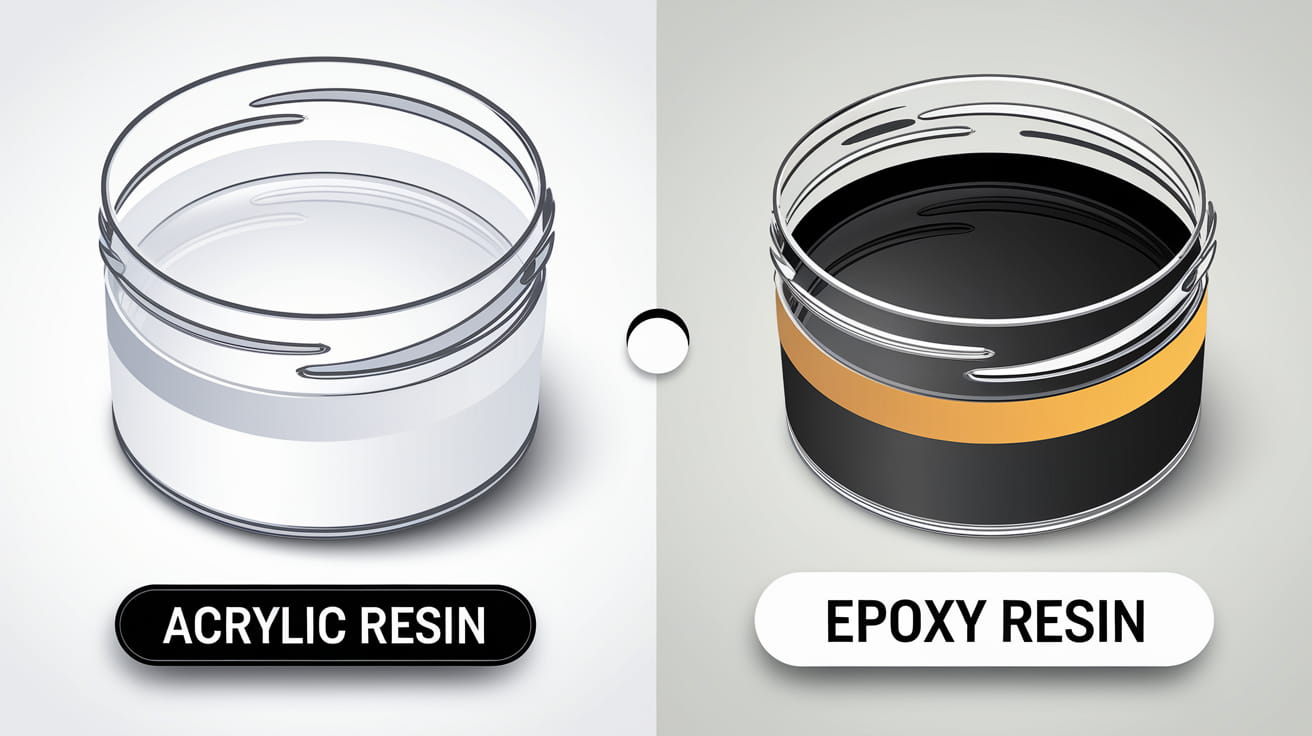
Fundamental Differences
1. Composition and Structure
If you dip your toe into the resin world, you soon learn about their various chemical compositions. This variation is essential to how each resin behaves and performs. Acrylic resin, a thermoplastic, is fairly malleable. You can heat and reshape it over and over. You don’t bend it; think about how you can bend a plastic spoon. Epoxy resin is a thermosetting plastic. Once it hardens, that’s it — you can’t melt it back down. This difference is important because it affects how you use them.
Acrylic resin is great for projects where you’ll need to adjust shapes, such as art sculptures or Plexiglas sheets. Epoxy resin is for when you really need to bond things down, with wood or metal. It sticks better and handles heat and chemicals like a pro. That makes it perfect for high-tech applications, such as laminating Kevlar or graphite.
2. Curing Process
Now talk to me a little bit about how these resins move from that liquid state to a solid state. Acrylic resin cures fast, typically in under an hour at room temp. This speed is fantastic when you’re in a hurry! However, that may leave you with less time to polish your project. Epoxy takes its sweet time—it can be hours or even days to cure completely. This slow process allows you to tweak things and gives you a solid ending. Temperature plays a big role, too. Warmer temps will help speed things up, but watch out for epoxy. If you don’t mix it right with the hardener, you may not get the strength you need.
3. Appearance and Finish
Once cured, acrylic and epoxy resins do look different. Acrylic resin may yellow over time, and its clarity is not as high as an epoxy’s. If you’re building something like brake lights or car tires, this may not matter much. For aesthetic projects, epoxy’s clear and glossy finish is a winner. Surface prep is key, too. A well-prepped surface will make all the difference in how your project looks and endures.
4. Cost and Availability
Acrylic resin is usually less expensive and more widely available. It’s something you can run out and buy at a store that’s not too hard to get. It’s ideal for DIY projects where budget is a concern. Epoxy resin, however, can be pricier due to its durability and strength. It’s a cost worth paying for heavy industrial use or when you need to make it last. Pricing can influence your decision, particularly if you’re weighing quality against cost.
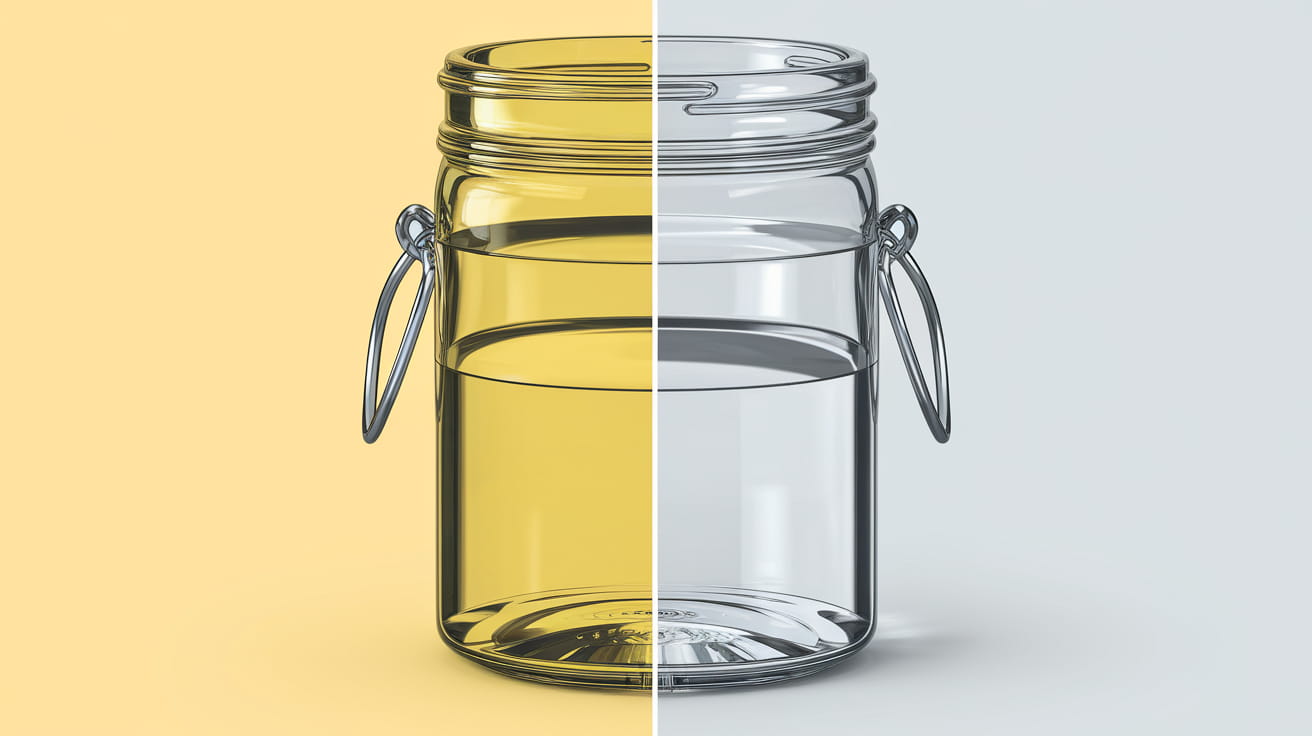
Properties and Applications
Acrylic Resin Properties
Acrylic resin, which has high clarity and gloss, is popular in many creative applications. This resin has excellent heat resistance and durability. It is one of the more reliable options for projects where constant performance in changing conditions is needed. Acrylic resin’s viscosity levels affect how it’s applied. Greater viscosity makes thicker, stronger layers, ideal for solid surfaces or detailed art.
Flexibility and the ability to manipulate are advantages of acrylic resin. It’s malleable, easily formed into detailed designs and complex shapes. This option gives artists and designers the freedom to get creative. It provides the ideal combination of strength and beauty.
Acrylic Resin Applications
In the world of art and design, using acrylic resin is an artist’s best friend. It’s ideal for making bold jewelry and inspired works of art. It cures in about 12 to 24 hours. This speed lets you see your projects come to life in no time. Acrylic resin plays an invaluable role in manufacturing. It helps form strong surfaces that are both long-lasting and beautiful, making them ideal for kitchens and baths.
Acrylic resin is revolutionizing contemporary craftsmanship with its groundbreaking applications. Artists and designers appreciate its clarity and gloss and use it to craft everything from custom furniture to one-of-a-kind decorative objects. Such versatility makes it a useful tool in crafting beautiful, functional products across a range of industries.
Epoxy Resin Properties
Epoxy resin is famous for its superior adhesive properties, adhering excellently to materials such as wood, metal, and fiberglass. Its chemical resistance, up to 90%, ensures that it withstands harsh environments and high temperatures. Epoxy resin flows smoothly over surfaces due to its low viscosity. This property makes it ideal for coating and sealing applications.
Once cured, epoxy resin is incredibly durable, retaining its integrity in various conditions. This quality makes it ideal for applications that require durable, high-performance materials, whether in construction or industrial environments.
Epoxy Resin Applications
Its versatility shines in the construction, automotive, and aerospace industries. It creates strong, durable bonds essential for laminating high-tech cloths like Kevlar and graphite. Its application in protective coatings and adhesives is extensive, providing effective solutions for artistic and industrial production.
Epoxy resin opens up a whole new realm of possibilities for creative makers. It lets you develop anything from beautiful sculptures to useful household objects. Its ability to adapt to different uses makes it a staple in both professional and hobbyist workshops.
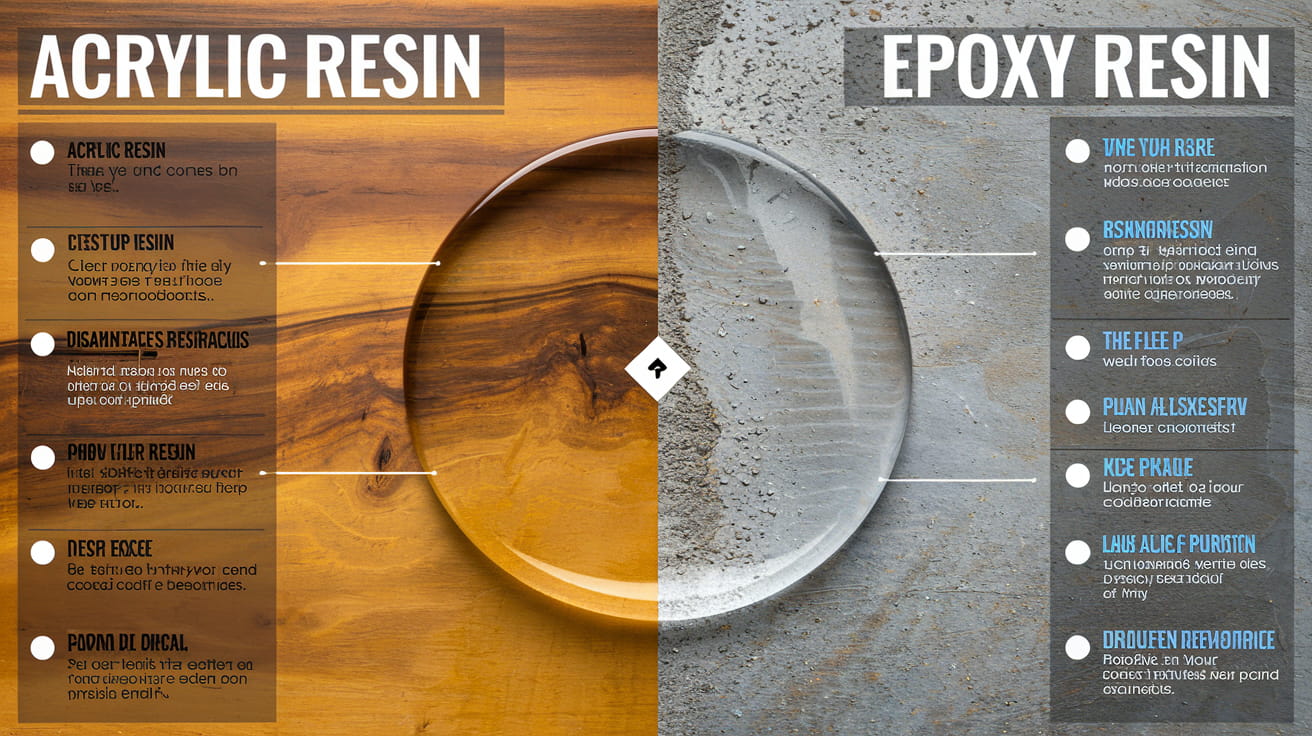
Advantages and Disadvantages
Benefits of Using Acrylic Resin
If you’re getting into creative projects, acrylic resin is your friend. It’s easy to manipulate and shape and can be added to, making this a good fit for artists. You can mold it into almost any shape you can envision. It has high heat resistance. This makes it ideal for projects that may get a bit warm, like kitchen countertops or art pieces that can take a beating. Its transparent, shiny finish sets it apart. That makes it a top pick for art and design, where appearance is imperative. Think about it: that shiny, glass-like surface can really make colors pop, giving your work that extra wow factor.
Drawbacks of Using Acrylic Resin
Wait a minute, there’s the other side. When it comes to things being toxic, acrylic resin is a slippery fish. Dust and vapors can be harmful. To keep yourself safe, be sure to work in a well-ventilated area and wear protective gear. The trouble with brittleness is an issue for some applications. If you’re looking for something pretty solid and it doesn’t stand up, it can be disappointing. If you’re considering using it in a high-stress or heavy-weight situation, pick it carefully. It can crack or break under those conditions. Your understanding of these limitations is what makes your project the bee’s knees.
Benefits of Using Epoxy Resin
Now, let’s talk epoxy resin. If you’re looking for powerful bonding, this is the way to do it. It bonds well to a variety of surfaces, including wood, metal, and fiberglass. This versatility makes it a great choice for structural applications. During the curing time, it gives off fewer harmful vapors than its acrylic cousin. This advantage is superb for both your health and comfort. Once properly cured, it is super durable and lasts a long time. This is perfect for high-traffic areas, where wear and tear are a concern. It’s hardened steel, so you know your creation will last a lifetime.
Drawbacks of Using Epoxy Resin
Don’t go running into the waters without understanding the hazards. Removing cured epoxy is a nightmare, so accuracy is key here. There’s that nasty smell during application, which you may or may not like. Mix and apply them carefully into the stock so that no issues arise. Expect a long curing time; it can take days to fully harden. While it’s excellent for durability, this slow curing may not agree with those who are short on time. Epoxy can be toxic, so be sure to always use it with caution. Sadly, some users learned this the hard way and put their health at risk.
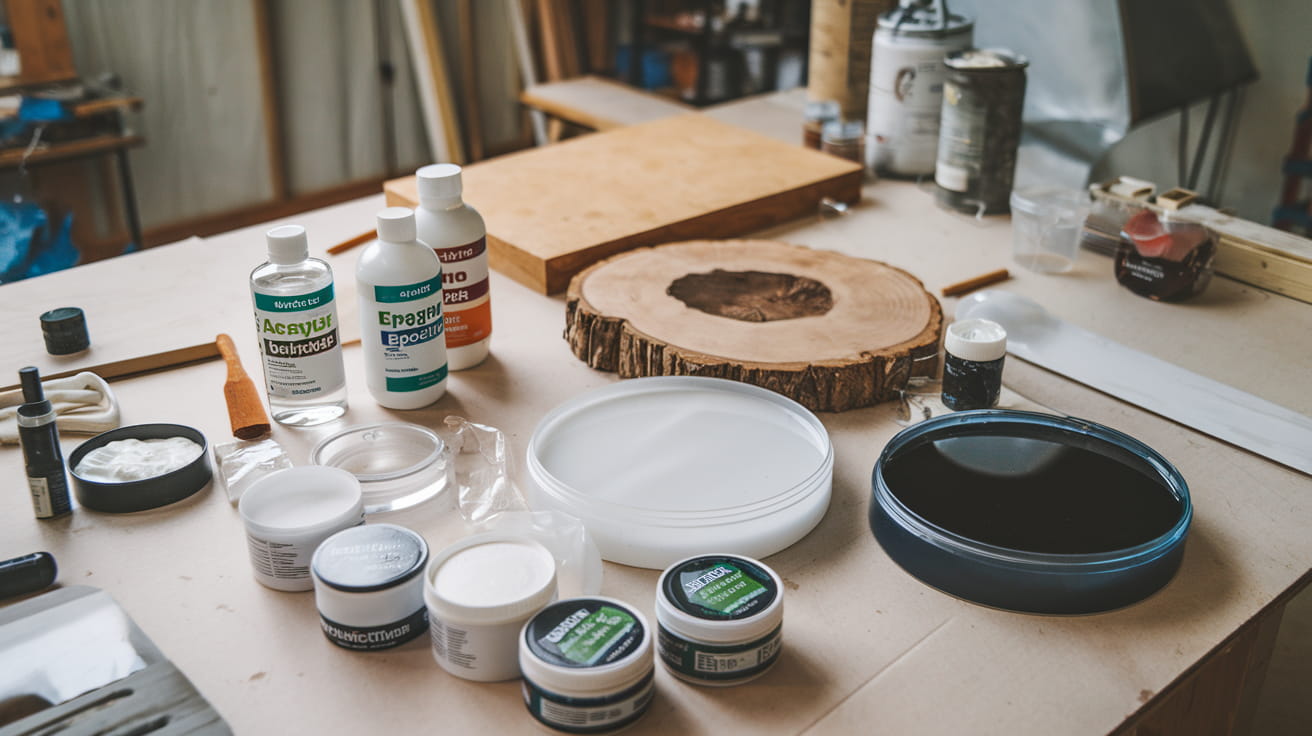
Environmental Impact and Safety
Eco-friendliness of Acrylic Resins
Let’s talk about acrylic resins and their green credentials. Recently, there has been a lot of buzz about more sustainable acrylic resin formulations. People are working hard to make these resins kinder to our planet. The good news is that some acrylic resins can be recycled. So, let’s look at how these resins are produced. They’re typically more environmentally friendly than the other types. It’s all about balance and making the right choices for our Earth.
Eco-friendliness of Epoxy Resins
Next up are epoxy resins, where there is significant pressure to develop more benign varieties. Anyone ever heard of EcoPoxy? It’s also well-known for being one of the greenest epoxy resin options on the market. The USDA even certifies it as a preferred organic product! While not perfect, it’s another step in the right direction for eco-minded folks. However, traditional epoxy resins can be tricky. These products also contain harmful chemicals, such as Epichlorohydrin and Bisphenol A. These kinds of chemicals aren’t safe for our furry friends and can have a huge environmental impact. When I can, I am conscious and use products that don’t have a heavy impact on the world.
Safety Measures for Handling Resins
Speaking of safety, when it comes to resins, you can’t be too careful. Whether you’re working with acrylic or epoxy, personal protective equipment (PPE) is a must. Think gloves, masks, and goggles to keep the nasty fumes and dust at bay. It’s just about reducing exposure and having good habits. Allergies can sometimes occur after years of using a product without any problem, Schneider says. This makes it necessary to be on your toes! Remember that VOC-free 100% solid resin systems are some of the safest on the market as well.
Conclusion
You’ve made it all the way to the end of this resin rundown! Both acrylic and epoxy have their charm. Acrylic resin shines through with its fast-drying and colorful nature. As a result, it is a bold statement artists can always turn to.
Epoxy resin stands strong and clear, making it ideal for projects requiring durability. It’s a favorite in the world of furniture and countertops. Then, as you dive into your next project, consider what you must have. Want quick and colorful to boot? Go acrylic.
Need something that is tough and glossy? Epoxy’s your buddy there. Be safe out there always. Work in a space with fresh air, and follow the safety tips like wearing gloves and masks.
Ready to get your hands dirty? See our step-by-step guides to improve your skills. Let’s make that bad boy sing for you and your projects.
Frequently Asked Questions
What are the main differences between acrylic and epoxy resins?
Acrylic resin cures faster and is UV resistant. Epoxy resin has a longer curing time and provides stronger bonding. Both have special properties that make them appropriate for different uses.
Which resin is better for outdoor use?
Acrylic resin is superior for outdoor applications. It’s UV resistant and less likely to yellow, so it’s suited for outdoor projects and applications.
Can epoxy resin be used for art projects?
Epoxy resin is great for art projects. It offers a smooth, long-lasting finish, deepening colors and details, ideal for crafting river tables, jewelry, and more.
Are there any environmental concerns with using resins?
Both resins have environmental impacts. Epoxy resins can be toxic chemicals. Choose low-VOC, eco-friendly options, and dispose of them properly.
Which resin is more cost-effective?
Acrylic resin is typically less expensive. It also cures faster and is cheaper than epoxy, making it an ideal choice for budget projects.
Do resins require safety precautions during use?
Yes, always wear protective gear. Use gloves, goggles, and masks to prevent contact and inhalation of fumes. Ensure adequate ventilation while applying to stay safe.
Can acrylic and epoxy resins be mixed?
No, you can’t mix acrylic and epoxy resins. They are two different chemicals with different curing processes; using them together yields poor results and potential chemical reactions.


